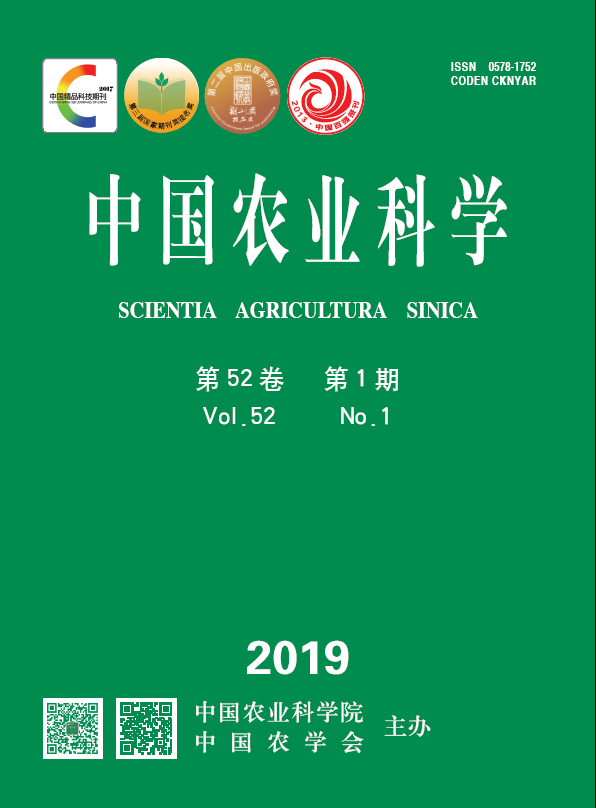【Objective】 The frequent spring drought has severely negative impacts on seed emergence and seedling growth in the maize production of Northeast China. It is necessary to understand the coupling effects of soil water condition and nitrogen (N) rate on maize plant and root growth at the seedling stage, and further to provide reference for optimizing water and N management in maize production of Northeast China. 【Method】In this study, two pot experiments were conducted in 2016 and 2017, with a two factor factorial design of soil water and N rates. The soil water condition included 30%, 50%, 70% and 90% of field capacity, respectively, representing severe water-stress (W0), moderate water-stress (W1), well-watered (W2) and over-watered (W3), respectively. The N rates included 0, 0.12 and 0.24 g·kg -1 soil, representing N-omission (N0), low N (N1) and high N (N2), respectively. 【Result】 Soil water and N rate had significant individual effects on maize plant and root growth at the seedling stage, and showed interactive effects on dry matter (DM), root morphology, N uptake, and N fertilizer use efficiency (NUE). Both soil water deficit and excess had negative impacts on maize plant growth, DM accumulation, root development, and N uptake at the seedling stage, and was especially serious under W0 treatment. Compared with W2 treatment, on average in two years, shoot and root DM and plant N uptake under W0 treatment decreased by 55.5%, 60.1% and 45.8%, respectively, NUE decreased by 7.8 percentage points. And root length (RL) and root surface area (RSA) decreased by 58.2% and 59.5%, respectively. The N fertilization improved significantly maize plant growth and N uptake but reduced root/shoot ratio at the seedling stage. Moreover, the plant and root growth responses of N fertilizer differed obviously with the different soil water conditions. The N fertilization improved root growth in terms of higher RL, RSA and root volume (RV) under W2 treatment, and therefore showed the highest plant DM and N uptake. However, N fertilization limited root growth and decreased significantly RL and RSA under W0 and W1 treatments. The N fertilization also improved root growth under W3 treatment, but the N fertilizer response was still lower than that under W2 treatment. Across all the soil water conditions, maize plants showed higher RL and RSA under N1 treatments than that under N2 treatments, but the RV was equal or smaller, indicating that low N supply induced fine root development at the seedling stage. Soil water and N rate not only affected significantly maize root morphology, but also had great effects on root system spatial distribution. The water-stress induced deeper root growth and RL distribution in subsoil. Compared with W2 treatment, on average, the distribution ratio of RL in 0-12 cm soil layer decreased by 11.0 percentage points under W0 treatment and 8.3 percentage points under W1 treatment, but their distribution ratio in 24-36 cm soil layer increased by 9.5 and 6.9 percentage points, respectively. In contrast to soil water-stress condition, maize root system showed a concentrated trend in topsoil under over-watered condition. The N fertilization improved significantly root distribution in topsoil. Compared with N0 treatment, the RL distribution ratio increased by 16.3 and 13.7 percentage points higher in 0-12 cm soil layer under N1 and N2 treatments, respectively, and the distribution ratio decreased by 11.5 and 12.5 percentage points lower in 24-36 cm soil layer, respectively. Across all the soil water-N treatments, maize root system showed the more balanced spatial distribution under the W1N1 treatment.【Conclusion】Soil water condition and N rate had significant coupling effects on maize seedling growth and root development. The appropriate soil water and N management could optimize root morphology and spatial distribution, and improve plant DM accumulation and N uptake. Therefore, we suggested reducing basal N rate to stimulate deeper root growth with more fine root by inducing the water-N coupling effect, and further to enhance plant resistance to drought stress and to improve NUE in spring maize production of Northeast China.









